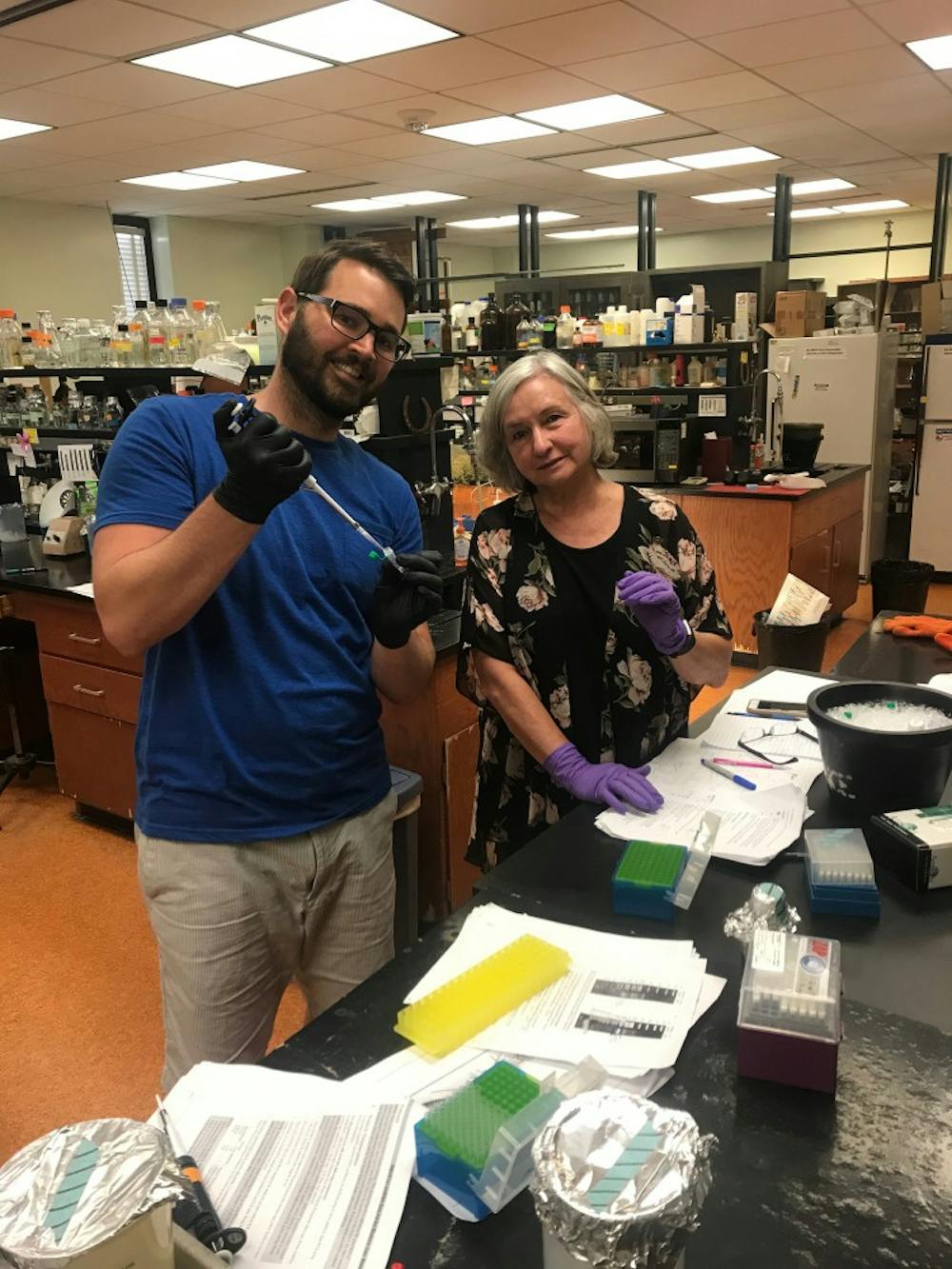USC professor Vicki Vance is attempting to give a whole new meaning to the phrase "you are what you eat."
As the Wade T. Batson Jr. Professor of Botany, her research focuses on the possibility that dietary derived micro-RNAs (miRNAs) could be used to prevent cancer development.
Vance has been a pioneer in the understanding of RNA interference (RNAi) as an ancient antiviral defense pathway. She began her career as a plant virologist where she discovered that a virus in the same super group as the polio virus contained a suppressor of RNAi. Her work shot her to fame in the scientific community, so much so that her work was referenced by Andrew Fire during his 2006 Nobel Peace Prize in Physiology or Medicine acceptance lecture.
RNAi not only fights against viral infection in cells, it is “the master regulator of the genome,” according to Vance. miRNAs are the main source of this regulation. They target messenger RNA (mRNA) and can inhibit its translation into proteins. These molecules have an incredible level of control post-transcriptionally and in the case of humans, 60 percent of the genes that get transcribed are never translated due to these miRNAs.
The regulation of miRNAs is critical in the development of diseases such as cancer. miRNAs that are under-expressed in cancer are called tumor suppressor miRNAs. If these missing tumor suppressor miRNAs can be replaced, the disease can potentially be cured according to Vance.
Vance’s current work strives to replace these tumor suppressor miRNAs to slow and stop cancer development before it overtakes the body. She does this by engineering plants to make three different, known human tumor suppressor miRNAs.
The idea behind this is that “you could just eat that plant and take up the microRNA and it would just all happen naturally,” Vance said.
Yet again, Vance and her lab are pioneers in this field as her lab was only the second in the world to show that this technique can work in mouse models. These mice had a mutation in the Apc gene that would cause them to develop hundreds of tumors over their lifespan.
Mice that followed a feeding regimen of plants containing missing tumor suppressor miRNAs had a significantly reduced tumor burden than mice who did not eat these same plants.
What Vance has seen in her mouse models is that the treatment is completely nontoxic, noninvasive, and that it effectively delivers missing tumor suppressor miRNAs throughout the body via plant exosomes.
“It’s not like a lot of these cancer treatments that are horrible, that have horrible side effects, you just eat the plant and it doesn’t have any [negative] impact but it looks like it effectively delivers these missing tumor suppressor RNAs … it’s just food,” said Vance.
As this is an approach that is still very much in its infancy, there are many questions left to be answered. As a leader in her field, Vance is doggedly pursing this as a potential avenue in the fight against cancer and hopes that one day this method can be used in humans to prevent cancer entirely.

